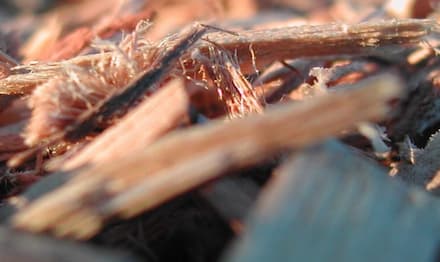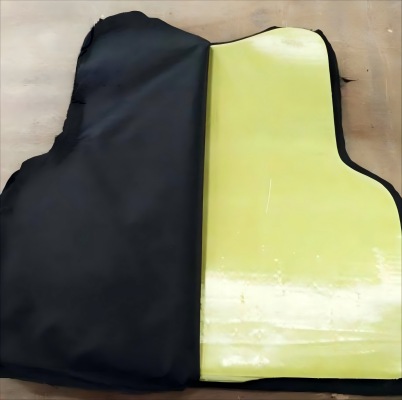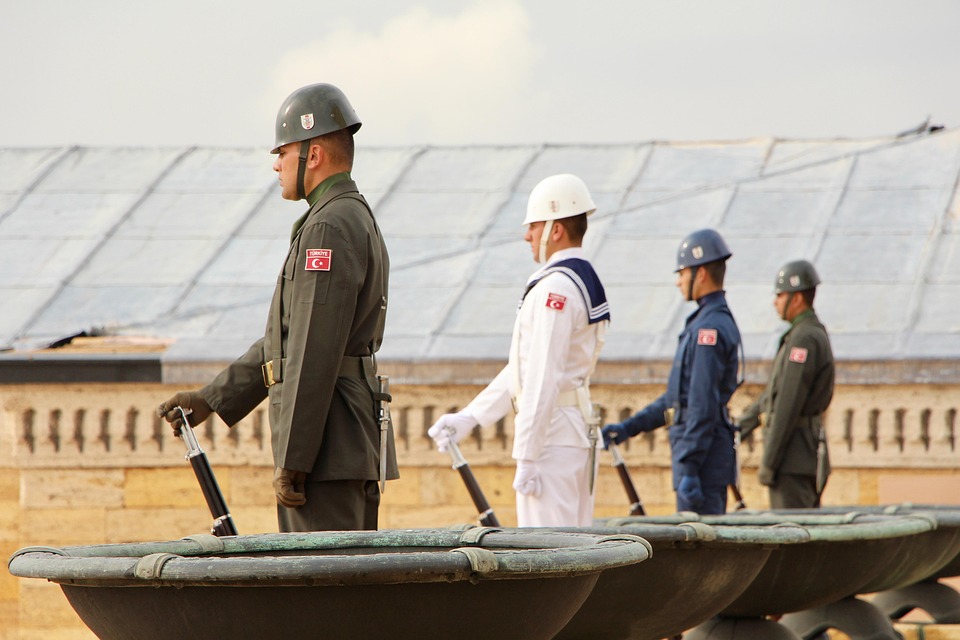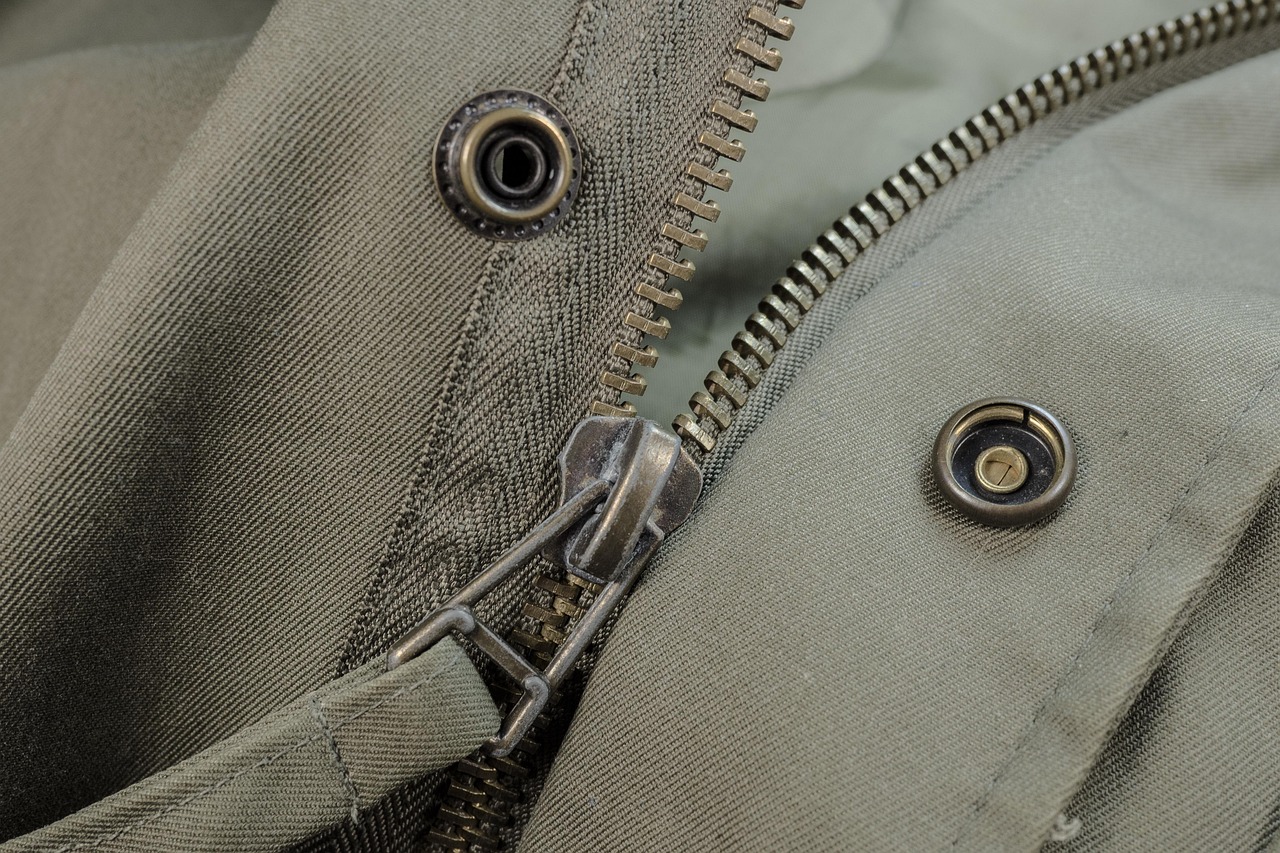| Mode of Transport |
Speed & Timeframe |
Cost & Use Case |
| Air Freight |
Very fast (often 1–7 days) |
Highest cost. Used for urgent, high-value goods or seasonal items needing quick restock. |
| Ocean Freight |
Slow (~4–6 weeks Asia–Europe) |
Lowest cost per unit. Ideal for bulk shipments of durable goods (clothing, appliances) that are not time-sensitive. |
| Rail Freight |
Moderate (2–3 weeks China–EU) |
Moderate cost. Good for large container loads on fixed routes (e.g. China–Europe via Kazakhstan/Russia). Faster than sea, but less flexible in final delivery. |
| Road (Truck, TIR) |
Variable (days to weeks) |
Moderate to high cost. Provides door-to-door service. TIR transport for retail shipments (sealed trucks) is efficient for cross-border land routes, especially within Eurasia. |
Industry analysis notes that the adoption of multimodal transportation – combining trucks, ships, railcars and aircraft – is growing quickly to cut costs and transit time. For example, a retailer may ship goods by sea to a Northern European port, then move them inland by rail or truck. Another common pattern is to use TIR road transport for final delivery: trucks carrying sealed containers under TIR permits can cross multiple borders (China–Kazakhstan–Russia–Belarus–Poland–Germany) with minimal checks. In short, choosing the right retail logistics solutions involves tradeoffs: air for speed, sea for price, rail for balance, and road for flexibility.

Railway Logistics in Central Asia
Railway logistics in Central Asia is rapidly evolving to connect Asia and Europe through new corridors. Historically, most rail freight from China to Europe traveled north via Kazakhstan, Russia and Belarus. Today, new “Middle Corridor” routes are coming online through Central Asia and the Caucasus, giving retailers alternatives. For instance, in March 2025 Kazakhstan launched a direct China–Poland rail service via Turkmenistan, Iran and Turkey. This bypasses traditional routes and allows uninterrupted China–Europe delivery. In late 2024, China inaugurated a new $8 billion China–Kyrgyzstan–Uzbekistan (CKU) railway – another Belt & Road project – providing a shorter overland link from China to Europe.
These developments mean retail shippers can choose faster or more reliable paths depending on trade volumes. One report highlights that freight volumes on the “Middle Corridor” are set to more than double by 2027. In practical terms, fashion or electronics destined for European customers might move by rail through Kazakhstan (north route) or via Uzbekistan (south route), whichever is quicker or cheaper. Bullet highlights of recent rail advances:
-
Kazakh China–Poland Rail Link (2025): A new container train runs from Xi’an to Warsaw via Kazakhstan, Turkmenistan, Iran and Turkey, ensuring a non-stop China–EU link.
-
China–Kyrgyzstan–Uzbekistan (CKU) Railway (Dec 2024): A major Belt & Road line directly connecting China with Kyrgyzstan and Uzbekistan, offering a more direct China–Europe corridor.
-
Middle Corridor Growth: Kazakhstan is upgrading tracks and expects freight on the Trans-Caspian corridor to rise ~220% by 2027, reflecting the boom in rail shipments.

These new routes complement the classic Trans-Siberian lines. By supporting railway logistics in Central Asia, retailers gain flexibility: if one route slows (due to congestion or weather), another can be used. This network effect is a key part of modern retail supply chain strategies.
Road Transport and TIR for Retail Logistics
Road transport remains critical, especially for regional delivery and final-mile service. Trucks carry goods to and from ports, rail terminals, and warehouses. In Eurasia, the TIR (Transports Internationaux Routiers) customs convention greatly eases cross-border trucking. Under TIR, a sealed truck or container carries cargo across several countries under one customs document. For instance, in April 2025 China launched a TIR road route linking Shenyang (Northeast China) to Tashkent (Uzbekistan) via Kazakhstan. On the first run, two refrigerated TIR trucks carried 20 tonnes of ice cream out of Shenyang and arrived in Tashkent in only 8–10 days – a journey that would normally take much longer with older processes. By removing the need for full customs inspections at intermediate borders, TIR transport for retail shipments cuts delays and paperwork.
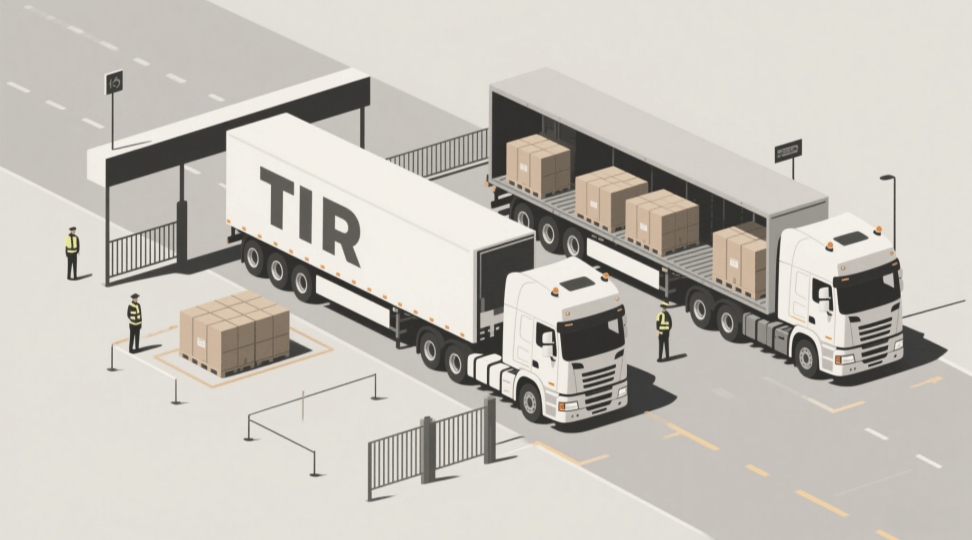
More generally, road freight is used whenever flexibility is needed. For example, trucks collect containers from rail hubs or ports and deliver them directly to stores or local warehouses. Retailers might use refrigerated TIR trucks for perishable goods, flatbeds for oversized items, or standard tractors for regular cargo. And since Russia and many Central Asian countries are part of the TIR system, a pallet traveling from China to Germany can cross Kazakhstan, Russia and Belarus with a single TIR permit. In summary, road/TIR transport in retail logistics provides crucial last-mile and regional links that complement long-haul sea and rail.
Freight Forwarding and Integrated Retail Logistics Solutions
Retailers benefit from end-to-end logistics solutions. A freight forwarding company or 3PL partner can coordinate every stage of a shipment. For example, a supermarket chain in Russia receiving goods from China might have a forwarder arrange factory pickup, consolidate multiple suppliers’ goods into containers, book a China–Europe train, handle customs at the Belarus border, and finally dispatch trucks to each distribution center. The forwarder tracks the cargo at each step and solves any problems (like delays) that arise. They also often offer value-added retail services: inventory management, pick-and-pack fulfillment, and even simple rebranding if needed. As one expert notes, freight forwarders effectively handle storage and paperwork so the retailer doesn’t have to.
Many companies now advertise comprehensive retail logistics solutions. For example, modern 3PL providers promote retail logistics solutions like integrated inventory management systems and omnichannel fulfillment centers. Freight forwarding for retail businesses often involves bundling smaller shipments into larger container loads, or providing special handling (e.g. white-glove services or returns management). An agile supply chain for retail emphasizes real-time visibility – retailers can log into a dashboard to see exactly where their products are and when they will arrive. By choosing the right logistics partner, retailers ensure products keep moving efficiently through complex international routes. With robust systems and global networks in place, a retailer can concentrate on sales while their forwarder handles the rest.
Modern retail logistics is also supported by technology. Many companies use software to optimize routing, automate documentation, and track shipments. Real-time tracking and advanced notice of arrivals improve store planning. Although technology is transforming logistics, the core service remains: delivering goods on time. By maintaining networks of trucks, ships, trains and planes, logistics providers give retailers options for different needs. For instance, a fashion retailer might send a container ship to Europe’s Mediterranean ports for low cost, while an electronics supplier might choose air freight for faster turnaround. In every case, forwarders and 3PLs tie these pieces together into an integrated solution.
DR Trans: Integrated Logistics for International Retail
A good illustration of these principles is DR Trans (Dear-Railway Transport). DR Trans is a China-based logistics company (est. 2015) focused on the very trade lanes retailers care about. The company’s website states it “focuses on cargo transportation services for China–Europe, China–Russia, China–Belarus, and China–Central Asia” – exactly the corridors linking the target markets (China, Russia, Belarus, Germany, Central Asia). DR Trans operates its own fleet of trucks (flatbeds, refrigerated, containerized) for international TIR transport, and it runs dedicated China–Europe block trains. In short, DR Trans offers multi-modal retail logistics solutions under one roof.
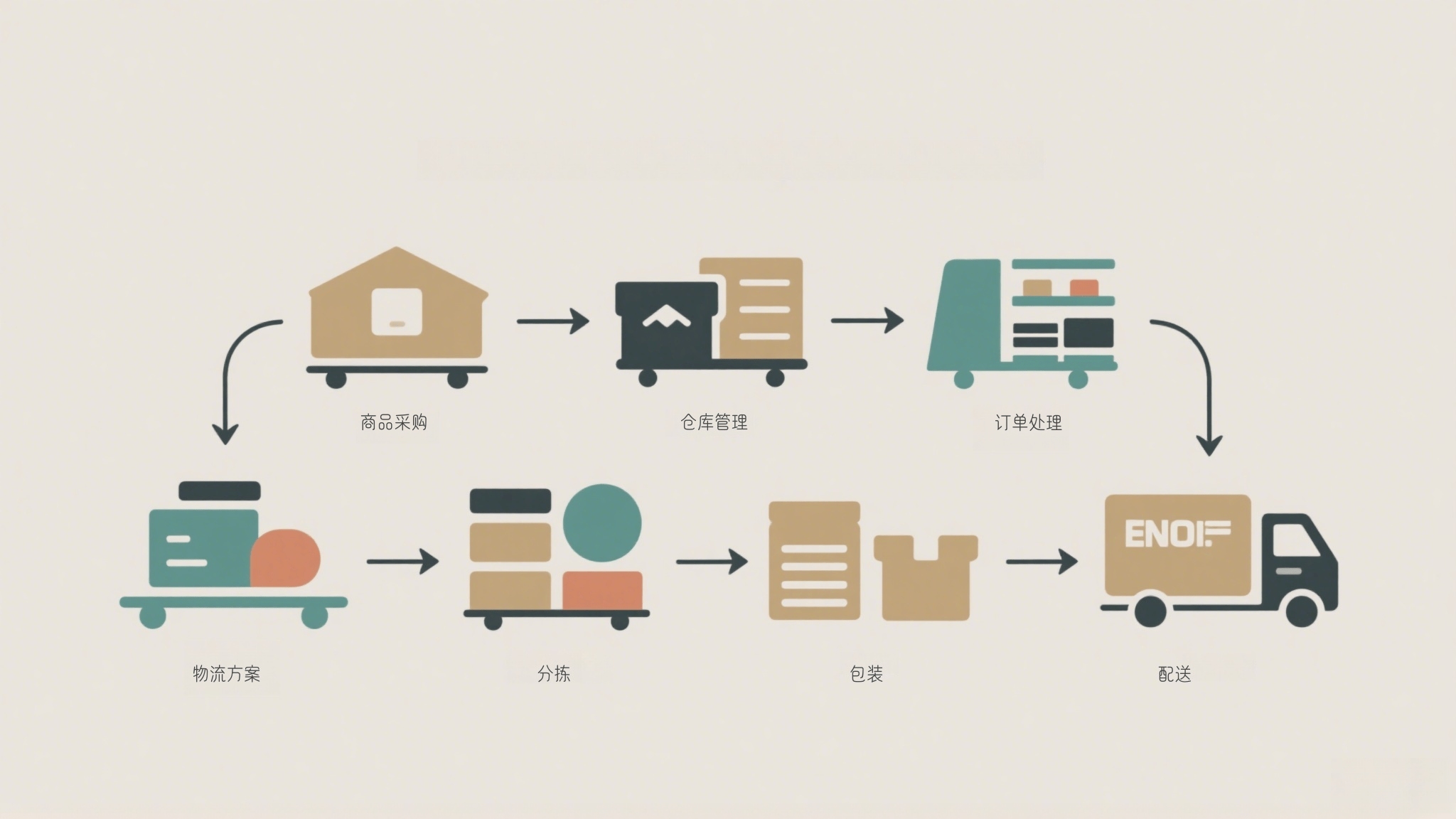
For example, DR Trans provides door-to-door service. They might pick up containers from a factory in Shanghai, load them onto a China–Germany train (via Belarus), and then transfer to TIR trucks for final delivery in Germany or Poland. If a shipment needed to reach Uzbekistan, they could instead route via Kazakhstan or the new CKU rail line. DR Trans’s site emphasizes that it offers “transportation service in railway, road, air, [and] river-sea intermodal transport, shipping, [and] warehousing”. In other words, they handle everything from booking to customs to tracking on behalf of retail clients.
By partnering with a company like DR Trans, a retailer gains a single point of contact for an entire journey. The retailer’s logistics team doesn’t have to talk to multiple carriers – DR Trans coordinates trains, trucks, and planes as needed. For example, DR Trans advertises that its TIR service routinely delivers shipments on time by optimizing China–Kazakhstan–Russia routes, even promising a ~50% reduction in customs clearance time using pre-certified carnets. This level of expertise means retail goods (fresh produce, apparel, electronics, etc.) can be shipped smoothly. In short, DR Trans exemplifies how seamless logistics in the retail industry can be achieved through an integrated platform.
Conclusion
Effective logistics are the backbone of modern retail. In fact, global e-commerce sales could grow from about $19 trillion in 2022 to $48 trillion by 2030, putting extra pressure on retailers to deliver goods quickly. For companies trading between China, Russia, Belarus, Germany and Central Asia, efficient logistics in the retail industry means turning long international routes into reliable store inventory. By combining air, sea, rail and road (including TIR trucking) under one plan, retailers can minimize transit times and costs. For example, integrated providers like DR Trans manage a shipment’s entire journey across rail, road, air and sea from a single platform, handling customs clearance and warehousing on behalf of retailers.
For retailers in these regions, robust logistics in the retail industry mean goods stay in stock and customers stay happy. Ultimately, seamless logistics in the retail industry are key to meeting customer demand in today’s interconnected market. By choosing experienced logistics partners and multi-modal solutions, retail businesses can bridge great distances and complex borders – ensuring products reach shelves and doorsteps efficiently.









